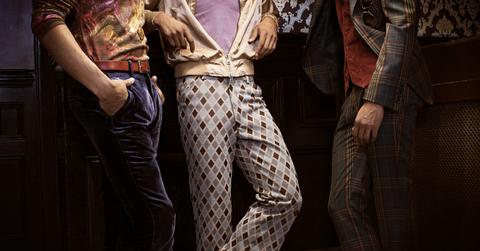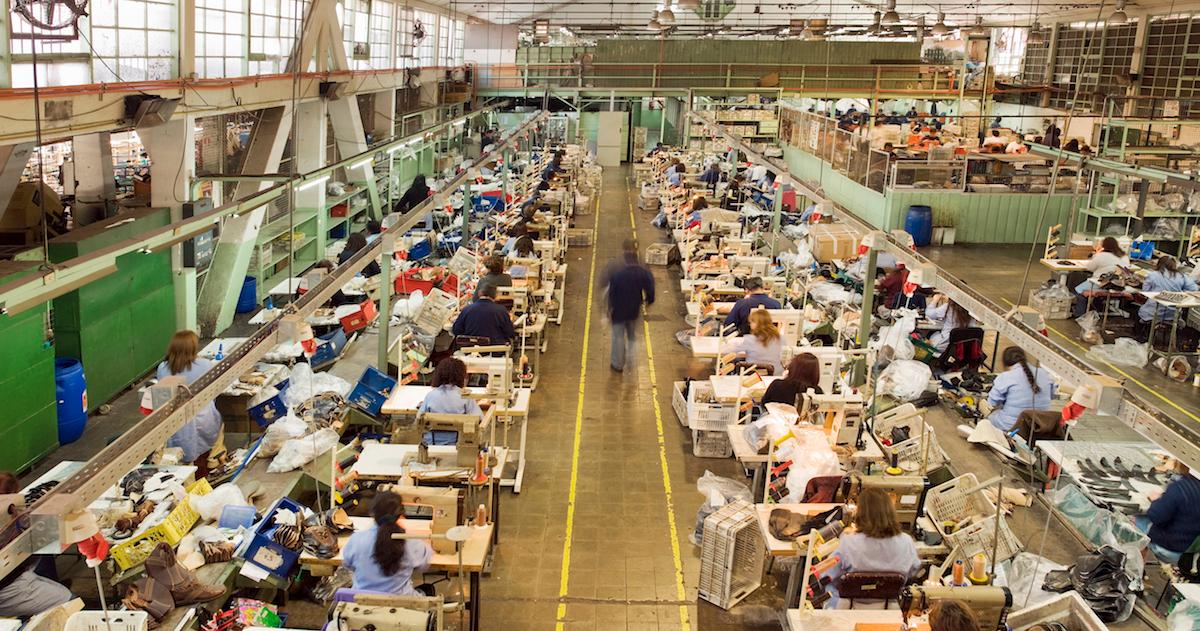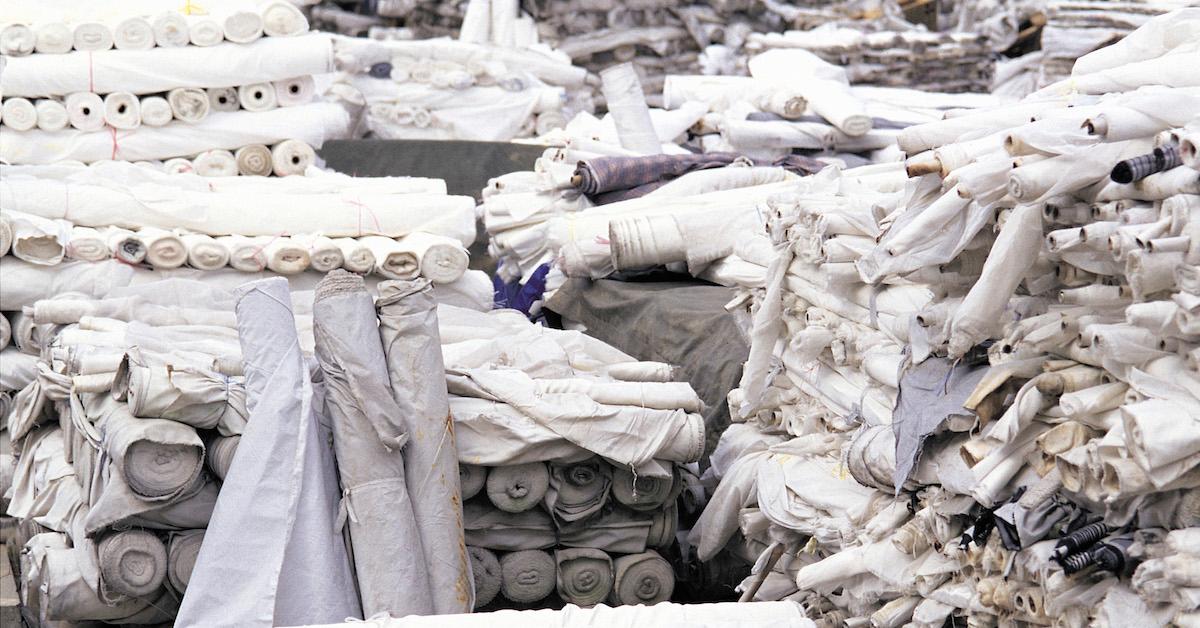What Is Deadstock Fabric?
Published Feb. 11 2021, 3:24 p.m. ET

Deadstock fabric: it’s an unusual and somewhat unsettling phrase, but it’s also an important one. What is deadstock fabric, you may ask? In previous decades, those fabrics would have been unceremoniously thrown away, but today, deadstock fabric is finding a new life with companies that understand the importance of sustainability in the fashion industry.

What is deadstock fabric?
Deadstock fabrics are essentially fashion industry leftovers that would normally have been thrown away after a certain amount of time. The term itself refers to fabric that, for one reason or another, fashion companies just haven’t been able to sell. It could be that the garments or fabric had small imperfections or damages. It could be that the company that ordered it, overestimated their needs. Whatever the reason, the fabric is considered “deadstock.”
Today, some companies and designers are working to give deadstock fabrics a second chance. Christy Dawn is a sustainable fashion company that works with local Los Angeles-based artisans to create one-of-a-kind fashion from reclaimed and repurposed deadstock fabric.

What makes deadstock fabric so special?
Because deadstock fabric often comes in limited amounts, designers are sometimes only able to make one or two dresses out of a specific print or fabric. In that way, Christy Dawn explains, the company is able to offer singular, sustainable, handmade looks to its customers. Other brands that use deadstock fabric include Reformation, Re/Done, Dorsu, and Liz Alig. Some companies, like Fabscrap, actually facilitate the use of these discarded fabrics by helping small designers gain access to them.
Is deadstock fabric sustainable?
There is still some debate as to whether or not deadstock fabric is actually sustainable or just another form of greenwashing. According to Virtue + Vice, the theory is that any extra fabric not “rescued” by eco-friendly clothing brands will automatically be thrown into a landfill. However, there are some claims that clothing mills in Cambodia and Bangladesh are actually intentionally overproducing garments. Why would they do this, you might ask?
By creating “too much” fabric, these fashion companies can appeal to different markets. All this “deadstock fabric” can then be sold off to eco-friendly companies that think they are doing the world a favor by saving the extra fabric. In the end, though, that overstock fabric was always meant to be used by somebody. They didn’t make too much, they made enough for the conventional fashion industry and the sustainable fashion industry.

What are some problems with deadstock fabric?
Besides the obvious problems that exist because of greenwashing, deadstock fabric does have a few more issues that might make you think twice about buying it. True deadstock fabric is usually that way because it is damaged in some way that makes the original clothing brand not want it. The patterns could be off slightly, the fabric could be flimsy, or perhaps it didn’t pass chemical or waterproof testing.
Whatever the reason might have been, there's no denying that these fabrics were rejected for some purpose. As if that weren't shady enough, most mills don’t have to disclose why the fabric ended up as deadstock prior to selling. So if the dyes on the fabric are too toxic to be worn on human skin without irritation, there’s no way of knowing until the resulting garments come to market.

Regardless of all that, the fact that so many companies are opting to use deadstock fabric is still a good sign. It means that, in some way, at least a portion of the fashion industry is becoming sensible of the environmental cost of doing business. At the same time, those companies that are utilizing the forgotten fabric in a sustainable way, are doing their part to make consumers aware of the unique options available outside of conventional fashion.